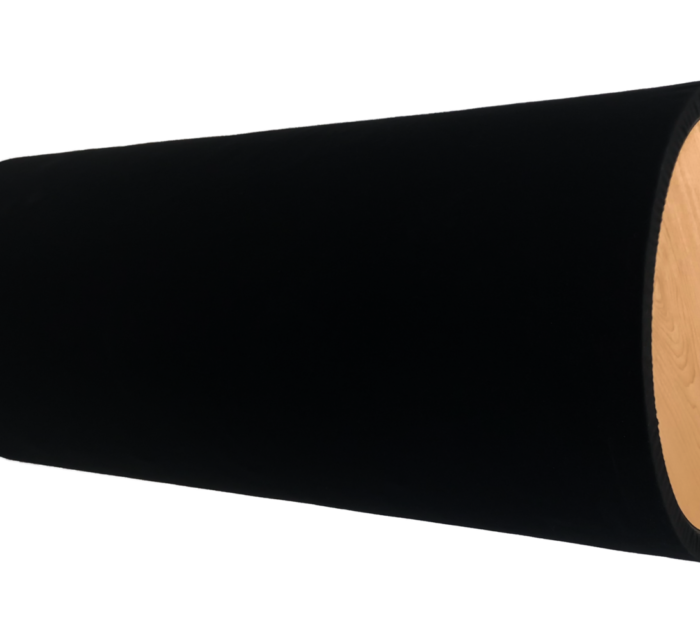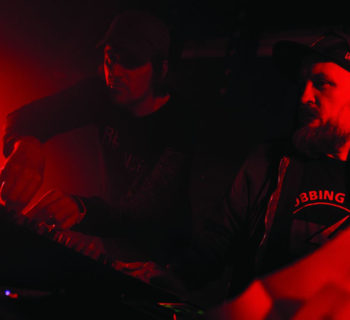Let’s talk about SPL’s Channel One MK 3, which is a fantastic preamp to record bass drums and guitar and of course vocals.
My overall first impression of the Channel One MK 3 is that it is a state-of-the-art product designed to be the best with no expenses spared to put it at the top of its class and to me it looks like the designers at SPL have succeeded. The design and construction of Channel One MK 3 are, in a word, first class. The attention to detail and precision and quality is evident even when turning the knobs. Everything just feels right.
One of the things I first noticed on SPL’s Channel One MK 3 is the ability to switch inputs. There are two microphone inputs and a line input available, so you have the option to have two different Preamps hooked up simultaneously. This means If you have a favorite preamp in your studio that you have been using, you can plug two different microphones in for comparison. This is a really innovative feature which I have not seen any other preamp. It is important to point out that SPL uses relays instead of IC’s and resistors throughout the circuitry. This means that the Channel One MK 3 preamp has no additional coloration regardless of what effect is switched in or out.
Having multiple available inputs means that if you ever want to compare another external Preamp and leave it connected or whatever then you can plug it to the line connector on the back of the preamp so you actually have three different input sources (two microphone inputs and a line input) that you can compare which is a really amazing feature. Again, this is relay switched. Even having phantom power switched in it is going to be dedicated to the different microphone inputs and again its relay switched that prevents the connected microphones from clipping as you switch between the two. Another example of the phenomenal attention to detail on the SPL Channel One MK 3. For either microphone input, you have all of the available features you would expect from a high end preamp, including a 10 dB pad, phase, and a high pass filter.
Next up is a de-esser circuit which is a great tool to have available when streaming live vocals and which helps get your input signal rights at the source without having to re mix. The de-esser has two stages low one will have a central frequency at around 6.4 kHz and the high, it goes at 11.2 kHz. The two stages work independently from each other, which is great. The de-esser works by reversing the phase of your source material, it is not a compressor.
The SPL Channel Strip MK 3 features a 12AX7 tube-driven saturation circuit that has the ability to change the order of where the saturation effect is in the Channel Strip MK 3 signal chain. This means you can have the saturation effect positioned as part of the preamp stage, or you can put it at the end of the signal chain so that the saturation effect goes through your entire signal path when you add saturation post EQ. How do you switch that in and out? There is a switch on the VU meter to make it part of the circuit pre or post EQ, Again the saturation effect is relay switched so at which point when bypassed becomes a fully discreet preamp minus the saturation effect.
The SPL Channel One MK 3 features a compressor circuit is designed to follow the envelope instead of having a threshold and works with the de-esser circuit to give you an effect similar to a multiband Compressor. The compression circuit gives you two different frequencies from which you can choose. The first one is around 6.7 K, and the other one is a bit more like 11.5 K. You can, if you want actually to turn both on so these would be the low would be your normal your normal sibilance area, which would be useful on cheaper microphones are plugged in and would be effective in removing audio artifacts such as mouth noise and making your tracks more transparent.
The SPL Channel One MK 3 also has an onboard transient designer which sounds awesome on drums not to mention works great on bass and acoustic guitar. The Transient designer is also great for controlling sustain and attack. With the transient designer, the preamp looks at the signal and it actually follows a standard wave as a reference and then whatever is different from that. The transient designer modifies the incoming signal so that basically, you are able to add that sustained part to the overall signal patch.
Finally, at the end of your signal path are two pairs of semi-parametric EQ and a dedicated air band, that is like a presence control which has an exceptionally high quality circuit, similar to the one that was used in SPL’s mastering EQ.
Sum it up, The SPL Channel One MK 3 is a super-premium channel strip which is amazing to record bass, drums, guitars, pretty much any kind of instrument, but especially stands out when recording vocals. You can also use the Channel One MK 3 as a mixing tool for tracking and mixing, not to mention it can be effectively used to record and stream audio for video. Another unique feature SPL Channel One MK 3 is if you are recording into your DAW, you can have a wet and dry track simultaneously, which is a feature I have never seen on any competing product.
Much more than just another channel strip, SPL’s Channel One MK 3 has a wealth of unique features and has a level of quality that truly sets it apart from the competition. If you are looking to upgrade your studio with a channel strip you will continually find new uses for, SPL’s Channel One MK 3 is well worth checking out.
The SPL Channel One MK 3 is available now for $2,587.
Find out more at spl.audio/en/spl-produkt/channel-one-mk3














